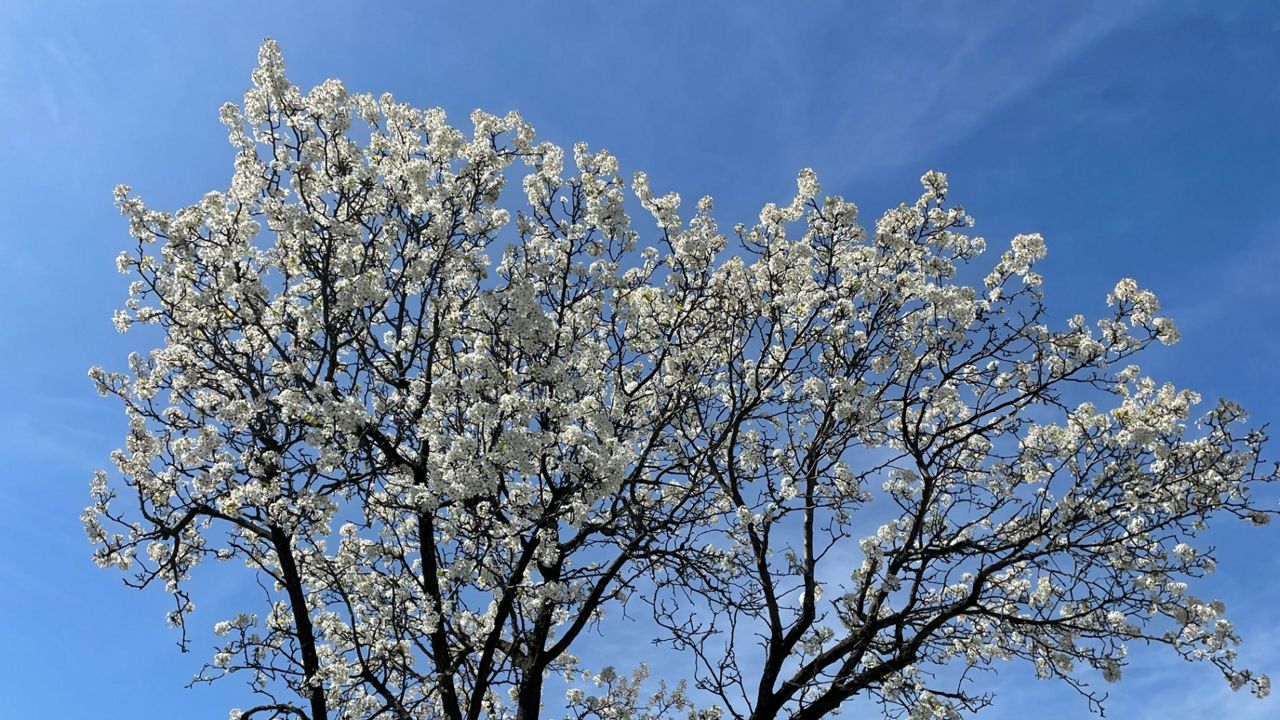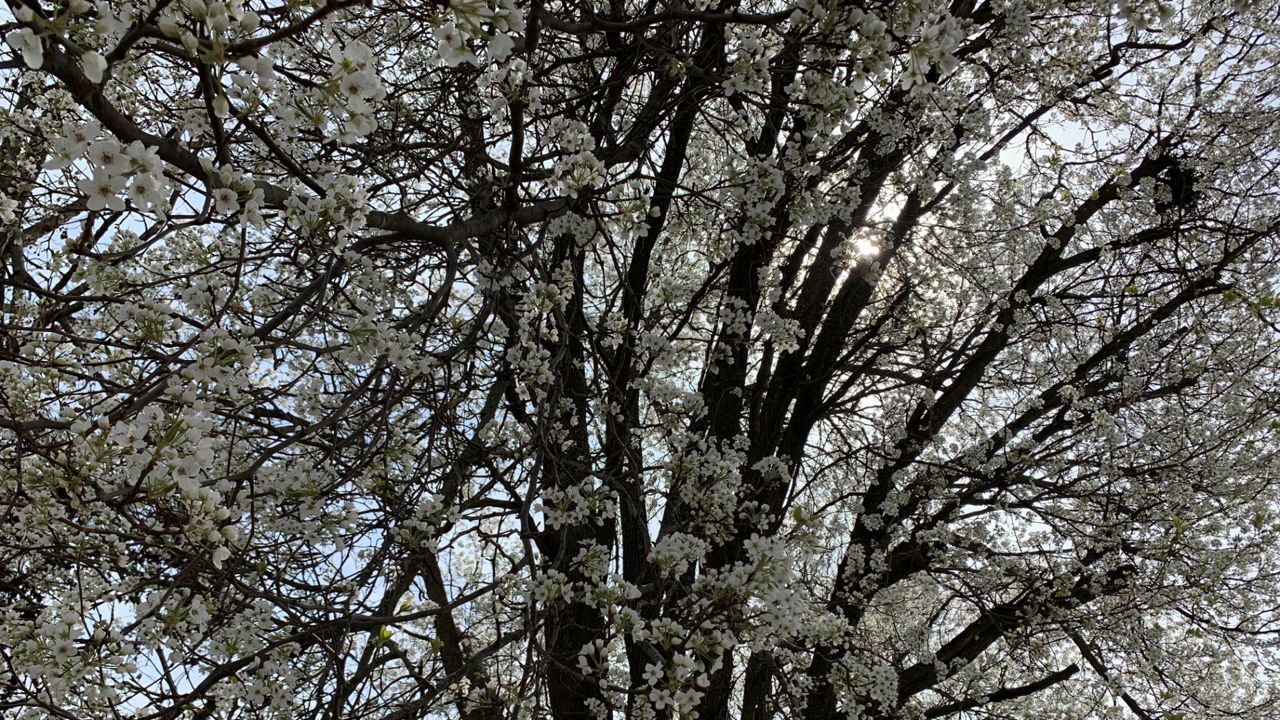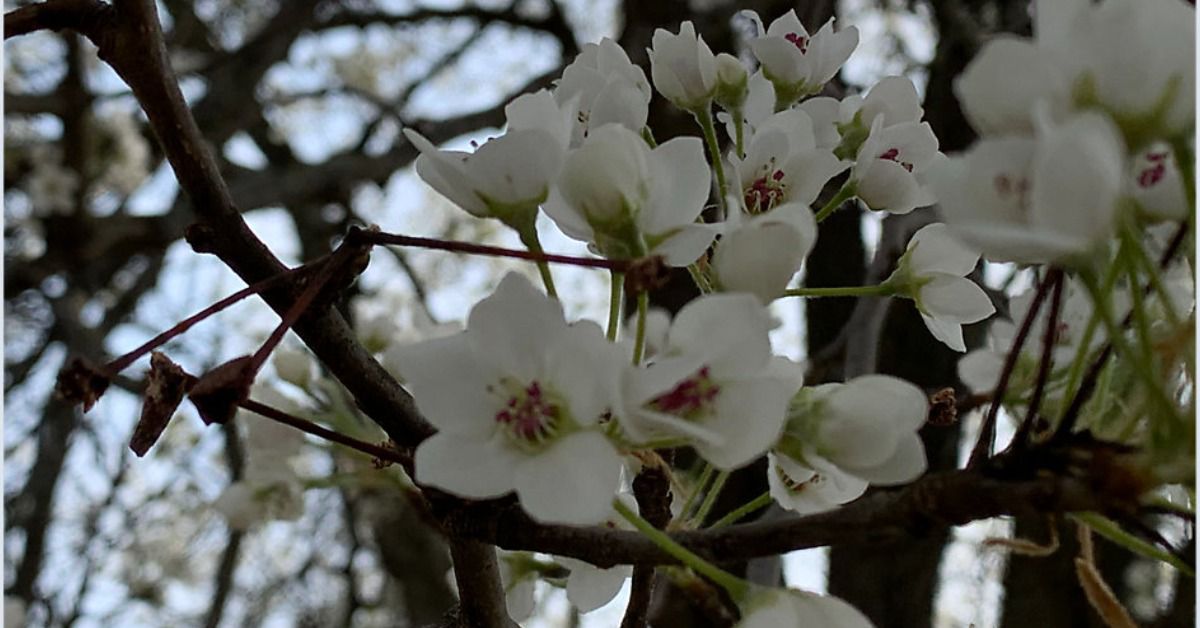With the warmth of February into early March, it appears blooming on the trees in east-central Missouri has begun. These early bloomers show colorful buds, yet not all trees have such a strong olfactory response.
These strong scented trees, known as Bradford or Callery pear trees, seem visible in almost any neighborhood, which isn’t a good thing.
Mark Grueber, Community Forester for the Missouri Department of Conservation (MDC) and certified arborist, explains that these trees are not native to the region and have become invasive throughout the Midwest.
“They are native to China, Korea, Vietnam and Japan and were widely planted in the St. Louis area in the 1980s.”
Adding that the trees were initially sterile, but due to cross-pollination, they became non-sterile. This, is turn, created an abundance of these trees in the region, making them an invasive species.

“What makes a species ‘invasive’ is that it reproduces freely outside of its native range at the expense of native plants, insects and wildlife, thus damaging the local ecology,” says Grueber.
Climate doesn’t really affect these trees as they can grow in a wide range of temperatures and precipitation.
The fruit of the Callery pear tree attracts insects and other wildlife. Even migratory birds will feed on the fruit of these trees and spread the seeds over a broad region, thus increasing populations.
Invasive species can be detrimental to native pollinating insects, which are vital in pollinating crops. With rapid growth of the Pear trees, comes a rapid decline of local ecosystems and reducing important native food sources for pollinators and other wildlife.
High popularity of these trees exists in the nursery and landscape industries because of their fast growth, ease of transplanting and pretty spring white flowers. A search for them in the St. Louis area shows how widely available they are and affordable.

Despite high popularity, these trees don’t do well in high winds.
“Their branching structure can easily damage,” says Grueber. Adding, “Most older Callery pears—including the so-called improved cultivars, often fail in high winds.”
With high winds several days a month in St. Louis, it’s not that feasible to grow them in your yard. The odor these trees give off is not a prime selling point, either.
The “fishy stink” aroma is a signal to attract pollinators. However, I wouldn’t want that welcoming me home each day.
The more people become educated on these “stinky” trees, the more we can do to rid the region of this invasive species, helping to improve the native flora of St. Louis.
MDC Forestry Field Programs Supervisor Russell Hinnah encourages residents to plant similar, but native tree species. “Serviceberry trees produce similar white blooms in the spring and they have small red fruits that attract wildlife.”
Adding, “other great alternatives include American plum, hawthorn, eastern redbud, and Missouri’s state tree, the flowering dogwood.”
The MDC offers a “buy-back” program to help reduce the number of these invasive trees. Missourians would need to cutdown the Bradford/Callery pear tree on their property and show proof via a picture.
In return, they will receive a free, noninvasive tree to plant in its place. Several events around the state take place on April 18 and you must register beforehand. The events are made possible through partnerships with the Missouri Invasive Plant Council, Forest ReLeaf of Missouri, Forrest Keeling Nursery, and MDC.
Our team of meteorologists dives deep into the science of weather and breaks down timely weather data and information. To view more weather and climate stories, check out our weather blogs section.





